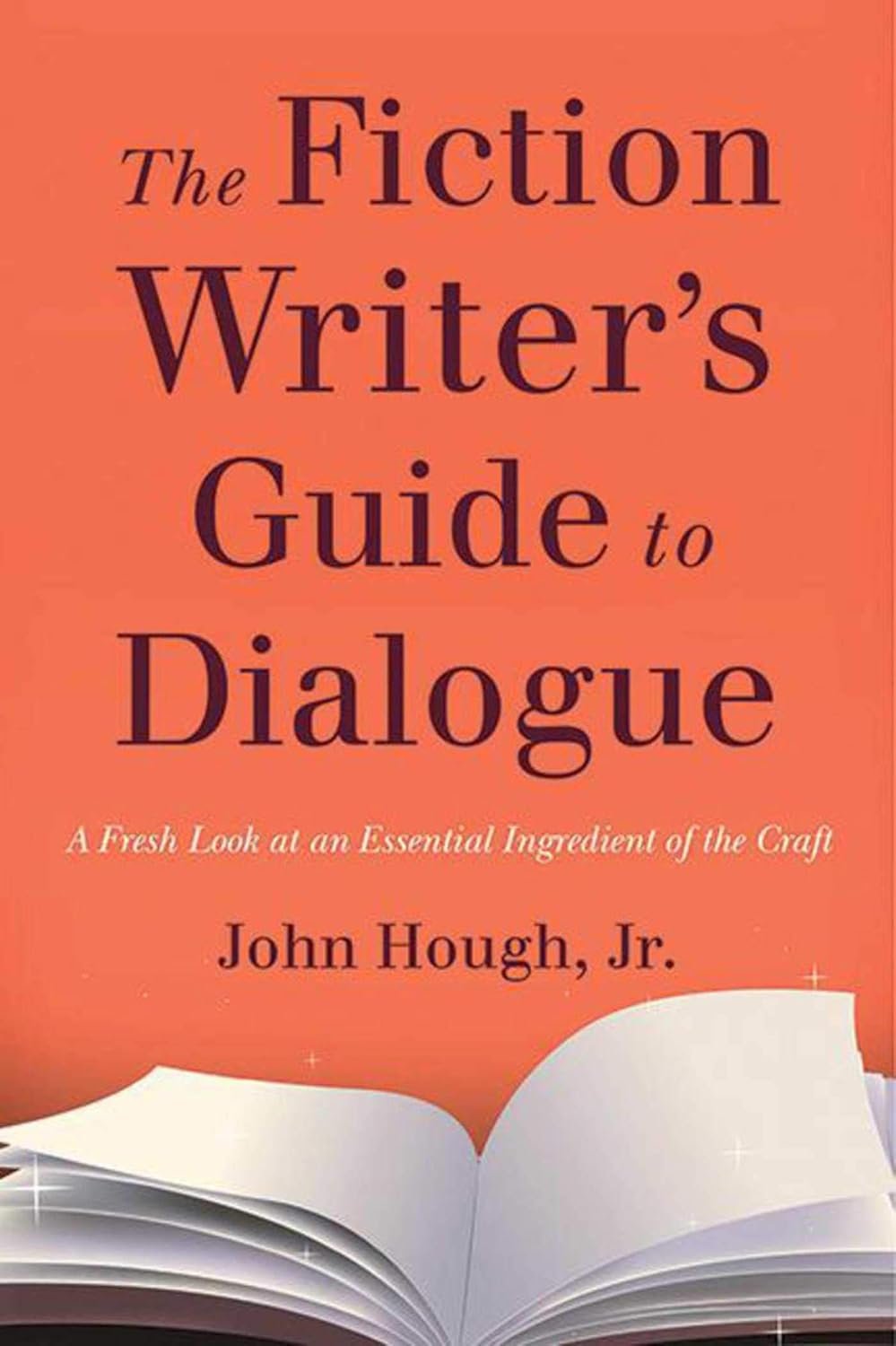
09 Jul Crafting Conversation: Unlocking the Secrets of Engaging Dialogue in Fiction
A Fresh Perspective on Crafting Dialogue: A Review of Fiction Writer’s Guide to Dialogue by Hough
As a long-time lover of literature and aspiring wordsmith, I was drawn to Fiction Writer’s Guide to Dialogue by Hough partly out of curiosity and partly out of desperation to improve my own dialogue writing. Dialogue often feels like the beating heart of storytelling, pulsing with character and emotion, yet mastering it can feel elusive. Hough’s promise of a fresh look at dialogue as an essential ingredient of fiction intrigued me, and I was eager to dive in.
From the outset, Hough asserts a powerful truth: "dialogue is action." This core idea resonated deeply with me. It’s utterly refreshing to read a book that doesn’t just treat dialogue as a series of spoken words but elevates it to a crucial mechanism for revealing character and advancing story. After all, a novel thrives or falters on the strength of its dialogue. Whether we’re immersed in the internal struggles of Joan Didion or the raw storytelling of Elmore Leonard, each snippet of dialogue carries a weight that reveals so much more than mere words.
What struck me most was how Hough methodically breaks down the components of effective dialogue. He emphasizes tension in every interaction, guiding readers on how to achieve it. His insights feel practical yet profound, making this book a valuable resource for both novice authors and seasoned writers looking to refine their craft. I particularly appreciated how Hough illuminates the importance of listening—not just to characters speaking but to the rhythm and flow of real conversations. As someone who occasionally gets caught up in writing “perfect” dialogue, I found his emphasis on the authenticity of imperfections liberating.
Each chapter is peppered with rich examples from not only Hough’s own works but also celebrated authors like Cormac McCarthy and Joan Didion. These examples don’t merely provide guidance—they inspire. One line that resonated with me was, “the better the dialogue, the less realistic it is likely to be.” It challenged my preconceptions about what makes dialogue feel genuine versus theatrical, sparking a realization about the balance writers must navigate.
The passion Hough pours into his work is palpable, making the reading experience enjoyable and downright enlightening. Reviewer Karen PH captures this sentiment perfectly when she describes the book as conquering every angle of dialogue—an "all meat and potatoes" approach without the fluff. It’s a sentiment I echoed myself while reading—every page felt stacked with nuggets of clarity and practical tips.
In conclusion, Fiction Writer’s Guide to Dialogue is not just for those struggling with writing dialogue; it’s essential for anyone wishing to deepen the emotional core of their storytelling. Whether you’re a budding writer seeking to hone your craft or a seasoned novelist looking for a refresh, Hough’s insights will leave you inspired. I finished the book feeling more equipped to navigate the nuances of dialogue, and it ignited a spark in me to approach writing conversations with renewed vigor and creativity. If engaging, authentic dialogue is what you crave for your narratives, then Hough’s guide is a treasure trove waiting to be explored.









